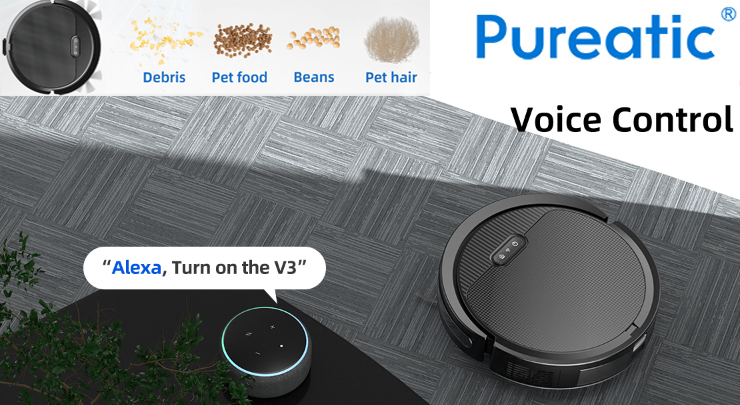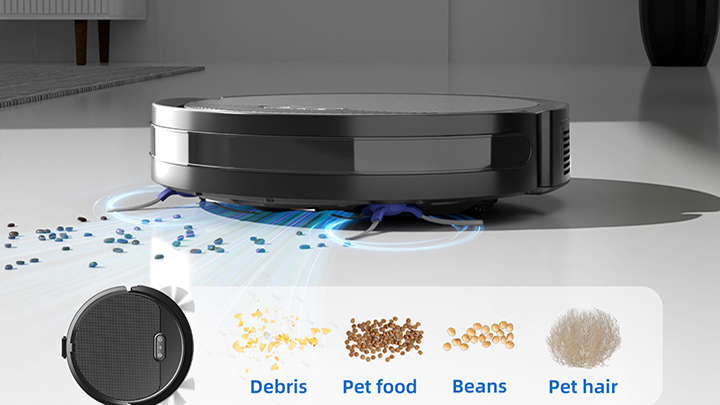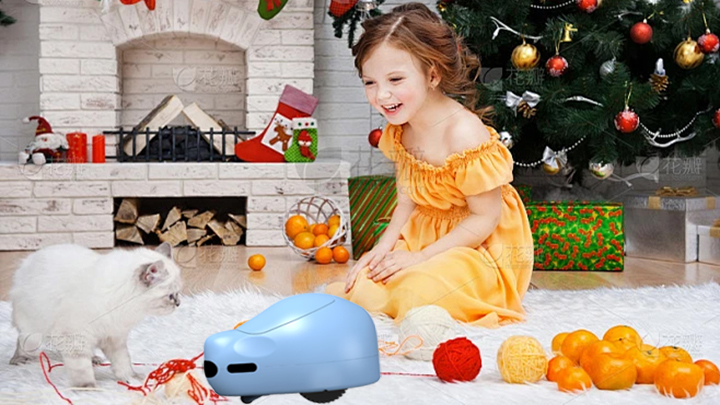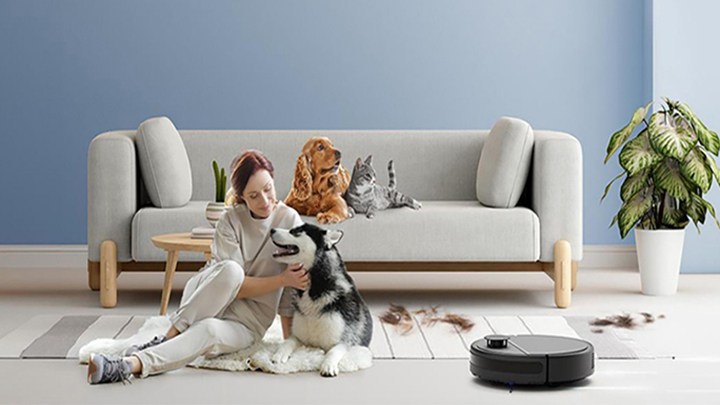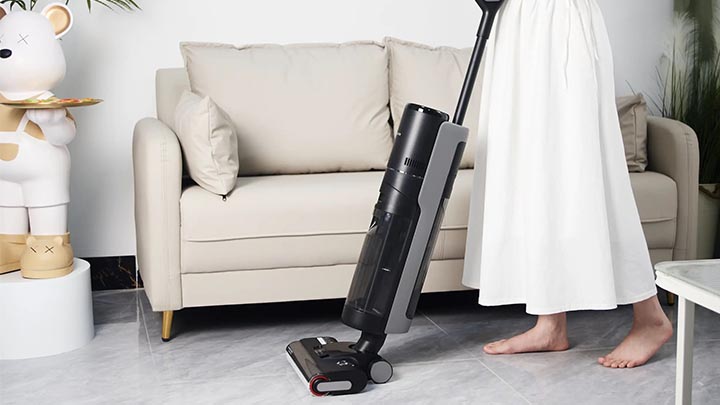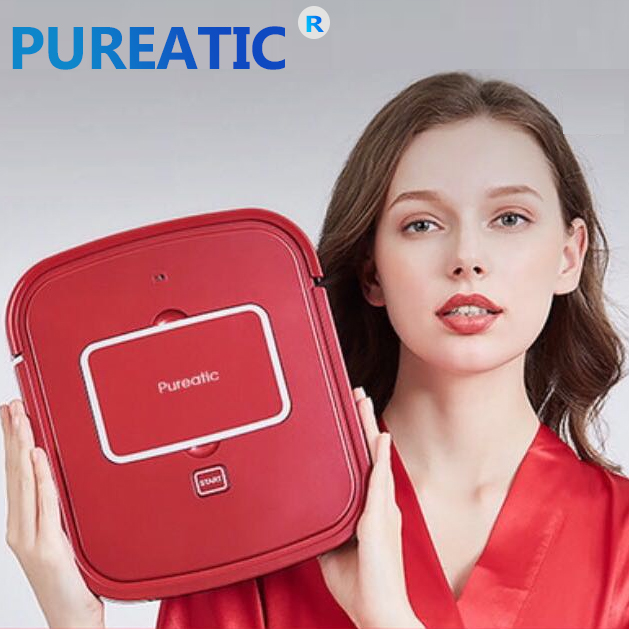The Differences Between a Robot Vacuum Cleaner with Two Circular Mops and a Single Semicircular Mop
The differences between a floor-cleaning robot’s two circular mops and a single semicircular mop are distinct in terms of cleaning performance, adaptability to scenarios, and more. Here’s a detailed breakdown:1. Cleaning Coverage and Edge Handling• Circular mops:Two circular mops are usually symmetrically placed and clean the floor through rotating friction (similar to a "counter-rotation" design). With no sharp edges, they provide more uniform coverage in open areas (such as the center of living rooms or bedrooms). The rotational friction effectively removes ground stains. However, at wall corners, furniture edges, and other right-angle gaps, the rounded edges of circular mops may leave "dead zones," resulting in less thorough cleaning of corners. Like PUREATIC N8, excellent apprance of cleaning hair, more suitable for pet families.
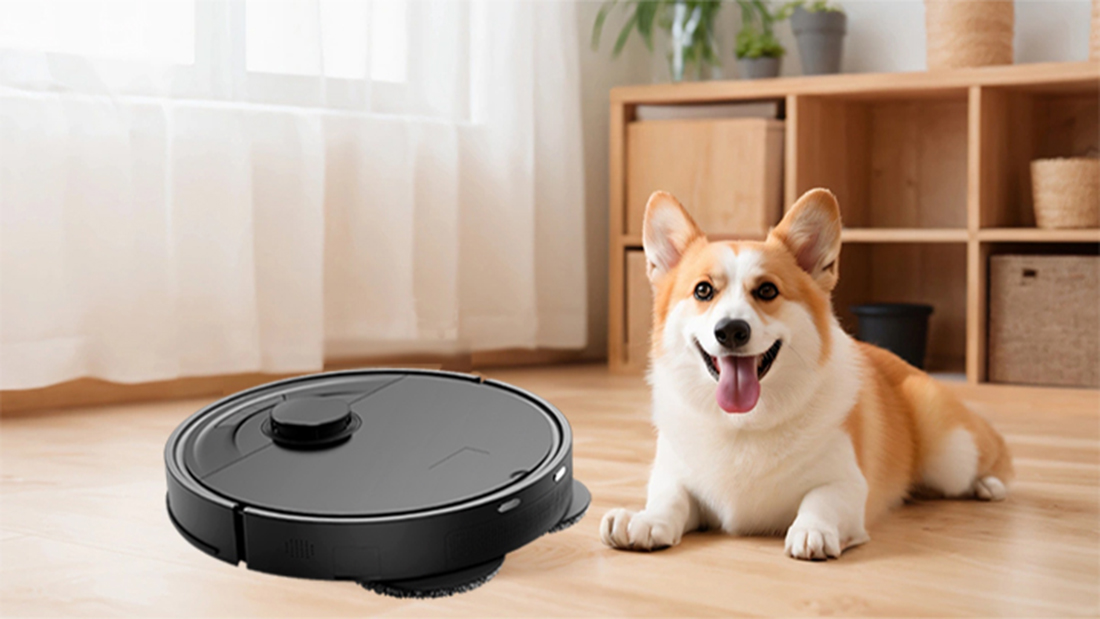
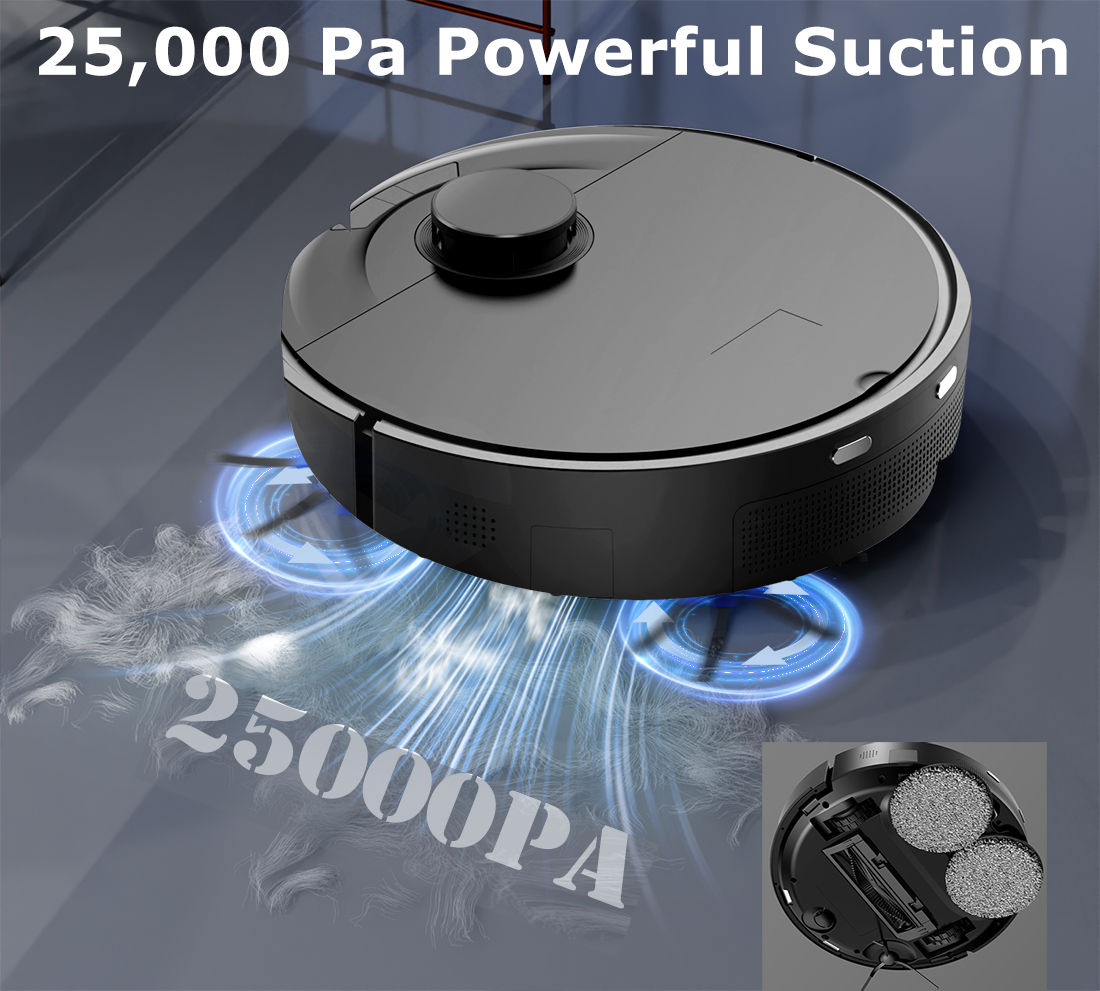
https://www.pureatic.co/collections/robotic-vacuum-cleaner/products/robotic-vacuum-cleaner-n8
https://www.pureatic.co/collections/robotic-vacuum-cleaner/products/robotic-vacuum-cleaner-n8
• Semicircular mop:The straight edge of a single semicircular mop can fit tightly against wall corners and furniture edges, especially right-angle areas, making it more effective at cleaning corners. However, its overall coverage area may be smaller than that of two circular mops, and cleaning efficiency in open spaces may be slightly lower.But for common families, it is simple, economic and convienence, and also can satisfy their expected effects. Like PUREATIC V2, it's welcomed for good mopping experience; and V3 is appraised for its water volume adjustment for mopping; which are also semicircular mop types hot sale in globar markets.
https://www.pureatic.co/collections/robotic-vacuum-cleaner/products/v3-white-black
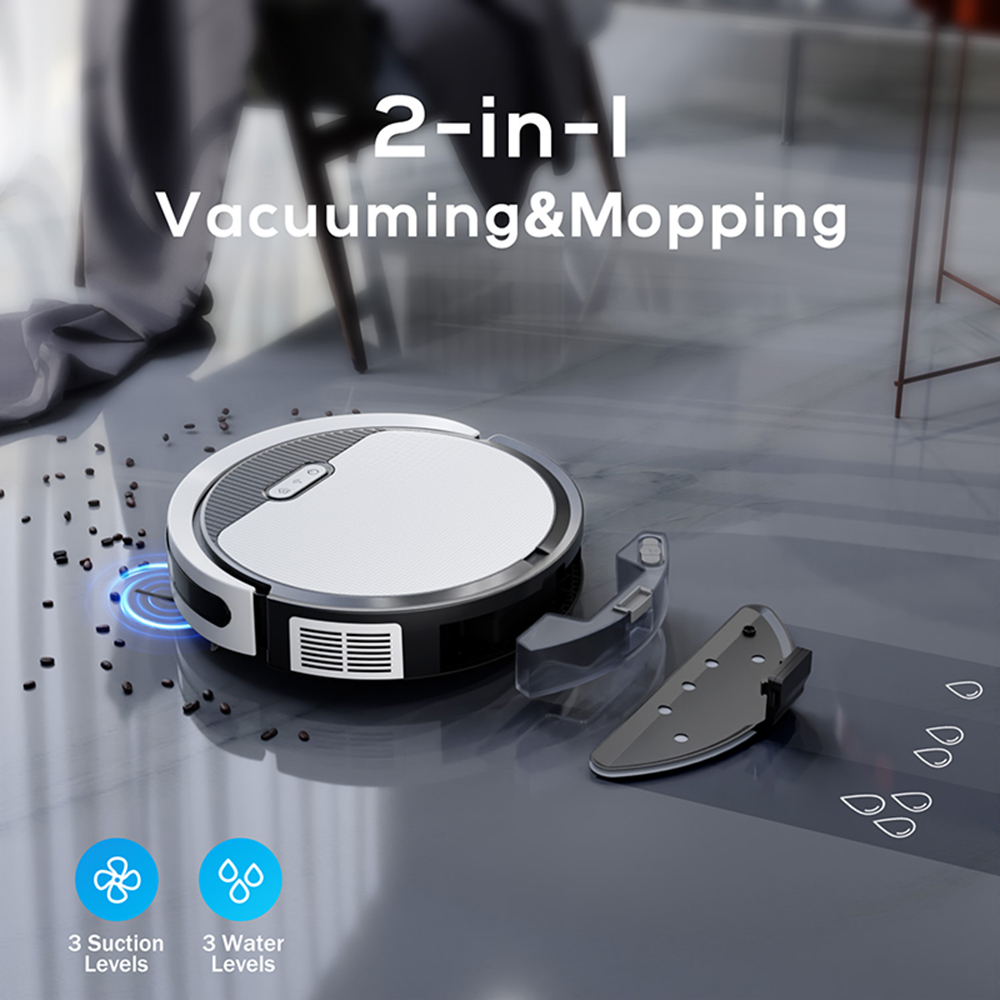
2. Cleaning Strength and Method• Circular mops:Most operate at high rotation speeds (hundreds of revolutions per minute), removing stains through friction and pressure. The friction on the floor is more uniform, making them suitable for cleaning large areas with stubborn stains (e.g., oil stains, water marks). Some models support automatic mop lifting to avoid secondary contamination during re-mopping.• Semicircular mop:Its cleaning method is more like "flat pushing" or low-speed rotation. Pressure on the floor is relatively concentrated on its straight edge, making it ideal for detailed cleaning of gaps and corners. However, overall friction may be weaker than that of circular mops, and its ability to handle large areas of stubborn stains is slightly inferior.3. Adaptability to Scenarios and Room Types• Circular mops: Better suited for large, sparsely furnished spaces with few corners (e.g., spacious living rooms in large apartments). They efficiently cover open areas, reducing cleaning time.• Semicircular mop: More suitable for small spaces, rooms with many furnishings, or areas with numerous corners (e.g., kitchens, bathroom entrances). It targets gaps and right-angle areas, minimizing the need for manual touch-ups.4. Maintenance and Consumables• Circular mops: Typically designed symmetrically, they require paired replacement when consumables are renewed, resulting in a slightly higher cost than a single semicircular mop. However, the disassembly and cleaning process is more standardized.• Semicircular mop: Its single-piece design lowers replacement costs, but the mop’s installation position in some models may be more concealed, requiring attention to angle during disassembly.SummaryThe choice between circular and semicircular mops depends on your room layout and cleaning needs:• For efficient cleaning of large open areas, choose circular mops;• For thorough cleaning of corners and gaps, choose a semicircular mop. Generally speaking, two types are all can finish daliy cleaning. You can choose based on your budget, usage environment and desired effects.

